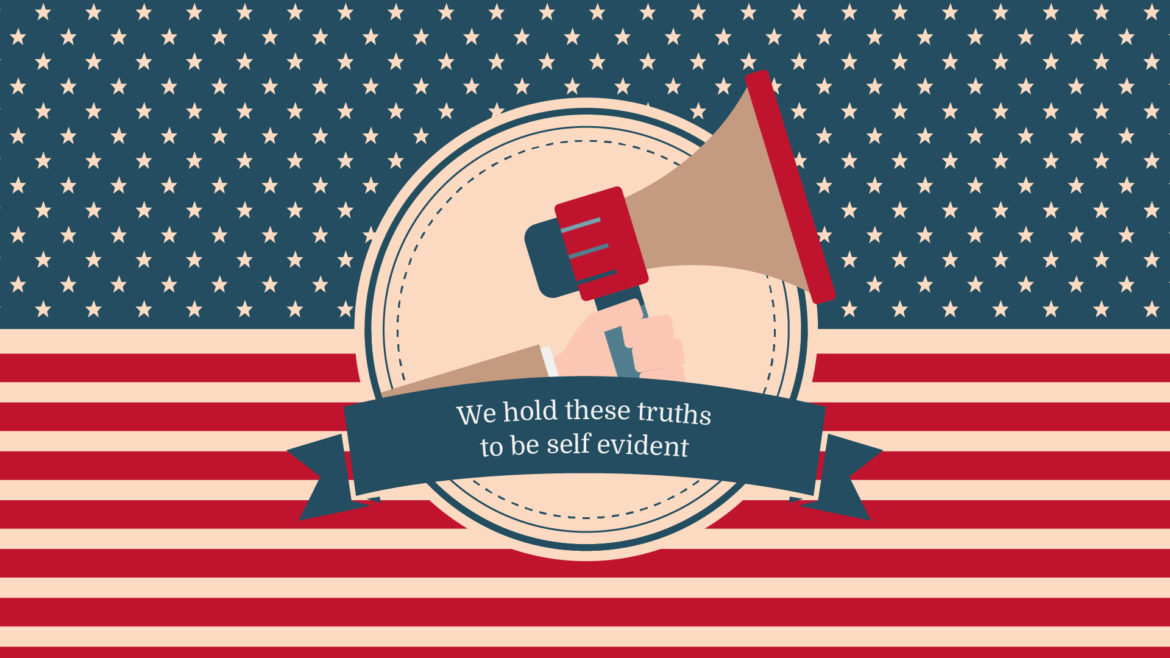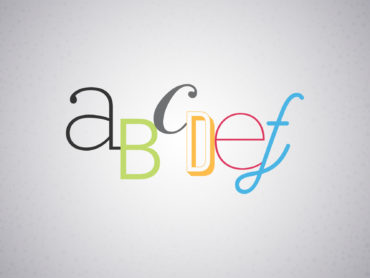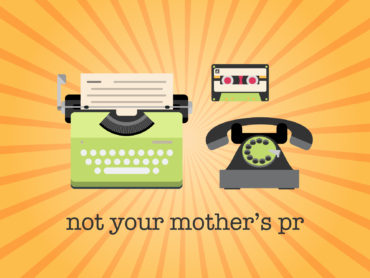Declaring Your Independence from Bad Press Releases
As July 4th rapidly approaches, people across the United States are working on perfecting their grilling skills, preparing American flag décor to be hung up, and trying to figure out how to make the most of a holiday that, unfortunately, falls on a Wednesday this year. With all of the celebration surrounding what has become the quintessential American holiday it is often easy to forget what we are in fact celebrating – a well-crafted piece of messaging, also known as the Declaration of Independence.
As a formative document in the history of the United States, the Declaration of Independence holds a special place in our nation’s lore and traditions, but did you know it can also serve as a powerful example of how to make an announcement with a, pardon my seasonally-appropriate pun, bang?
Keep it simple
Although composed as a declaration of independence this formative document was not official titled that and only received that moniker later on due to its obvious message.
“We are declaring our independence from you, King George.”
Comprising the unique needs and complaints of thirteen diverse colonies, it would have been easy to see the Declaration creep into different directions to air long-held grievances or make highly specific complaints that risked muddying the main message.
“We are declaring our independence from you and also mad about these other things.”
Although legitimate complaints in their own right, packing them into one all-encompassing document would have resulted in a less forceful and less useful political document.
Fast forward 242 years into the future and many brands often have a great deal of news to announce and it seems like the easiest way to do this is all at once. Although the easiest, it is also the worst way. Taking a cue from ole’ TJ (that’s what we call Thomas Jefferson around here), when we sit down to write a release for a client, we focus on one core message that the brand is trying to convey through the release and stick to that.
We understand that it is important that brands are able to communicate all of their news in a timely manner. However, with some careful content strategy and planning, it is possible to spread out several releases to ensure that each release or announcement receives appropriate attention and that your brands’ messaging remains clear. (I will cover that in my forthcoming blog “The Federalist Papers as a Model for Content Dissemination”)
Make sure everyone is on board
Anyone who has seen the 1972 film 1776 or read through an elementary school textbook knows that there were thirteen colonies and that getting them to agree on a single document was fairly difficult. However, the framers of this document recognized that in order for it to have the intended effect, it was vital that all thirteen colonies approved of the message and had their input included. The process was far from painless but resulted in a much more impactful document.
As we mentioned above, a unified message is vital but without organizational buy-in, you can risk mixed messaging from your brand. For that reason, we always sit down with our clients and their key stakeholders before we even write one word of a release or public message to ensure that everyone is on board with the brand’s messaging. This ensures that every member of the team is active in the process and their concerns and input are taken into account.
Find the appropriate way to disseminate
So they wrote a well-crafted document and then received organizational buy-in on the message from the thirteen colonies, now what? A great document is useless if no one reads it. The founding fathers recognized that they had three distinct audiences in 1776: those on board with this independence idea, those definitely not on board with this independence idea and the vast majority of people who didn’t care one way or another. With this in mind they created the 18th century equivalent of an integrated communications strategy to target each audience.
Immediately, over 200 copies of the document were printed and distributed to newspapers both nationally and internationally, receiving favorable front-page coverage from Georgia up to New Hampshire and with translated versions running in papers as far away as Poland and Germany. Additionally, brand influencers immediately took to town squares throughout the colonies to make public readings of this highly important document because a substantial number of people lacked the ability to read or access newspapers at the time. This form of messaging was so effective that a crowd in today’s media capital, New York City, immediately tore down and melted a statue of the King to make arms for the war effort.
Today, we have a bit more of a capability to disseminate information, but the lessons of that important announcement still hold true. It is important to recognize that you must reach your audiences where they are not where you want them to be. Conducting research into your audiences includes determining how they consume media, how much they know about your brand and what types of actions you want them to take as a result of your announcement, can go a long way in ensuring that you make a bang with your company’s news.
Include a visual touch
And lastly, the enduring images for many people from the Declaration of Independence are either John Turnbull’s famous highly dramatized painting of the signing or John Hancock’s large signature covering the bottom half of the page. Although, Turnbull’s painting was done decades after the Declaration was signed and Hancock’s signature was unable to be included in print at the time, the power of these images in illustrating an important event showcase how compelling images can create a lasting memory for your audience.
As you look to engage with your audience, it is important to include compelling and illustrative images, videos or infographics with your news that will provide a visual experience for readers and allow your message to stick.
Although I highly doubt that the Founding Fathers had any intention of their highly important and influential document one day being used as a model for effective brand messaging, here we are. This Fourth of July, as you celebrate a random Wednesday in July off, declare independence from bad announcements and pledge to craft founding father style press releases.





















































































